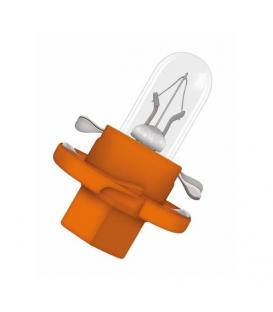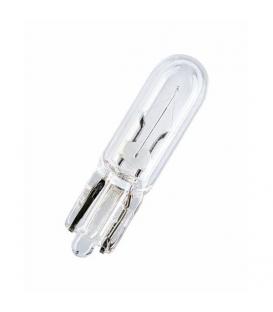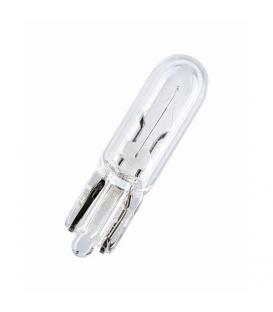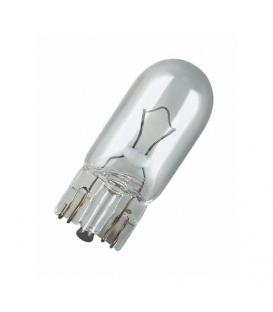Light bulbs for the interior of the car
Description: Interior car light bulbs are small, specialized light sources designed to fit into the different fixtures and sockets within the vehicle's interior. They come in various shapes, sizes, and colors, each serving a specific purpose. Some common types of interior car light bulbs include:
- Dome Lights: These are the main overhead lights that provide general illumination to the entire interior cabin. They are often centrally located on the ceiling.
- Map Lights: Usually found near the rearview mirror or on the sides of the cabin, map lights provide focused illumination for reading maps, documents, or finding small items.
- Glove Box Lights: Located inside the glove compartment, these lights help you find items in the compartment at night.
- Trunk Lights: Positioned in the trunk or cargo area, these lights illuminate the storage space when the trunk is opened.
- Door Courtesy Lights: These lights are placed near the door handles or on the door panels, providing visibility when getting in and out of the car.
- Footwell Lights: These lights are installed in the footwell areas, illuminating the floor of the cabin for improved ambiance and visibility.
Explanation: Interior car light bulbs work similarly to other types of incandescent or LED bulbs. They are connected to the car's electrical system and receive power when the associated switch is turned on. When the circuit is closed, electricity flows through the bulb's filament (in incandescent bulbs) or through the semiconductor material (in LED bulbs), causing them to emit light. The light is then dispersed through the bulb's housing or lens, illuminating the surrounding area.
Benefits:
- Visibility: Interior car light bulbs enhance visibility within the cabin, making it easier to locate and use various controls, read maps, and find items in low-light conditions.
- Safety: Properly functioning interior lights contribute to overall road safety by ensuring that drivers and passengers can see each other and the surroundings clearly, reducing the risk of accidents.
- Aesthetics: Interior car light bulbs can enhance the aesthetics of the cabin by creating a warm and inviting atmosphere. Some modern vehicles offer customizable ambient lighting options that allow occupants to personalize the cabin's lighting color and intensity.
- Comfort: Well-lit interiors provide a more comfortable driving experience, especially during nighttime travel. Passengers can move around, adjust seats, and interact with the cabin environment more comfortably.
- Convenience: Interior car lights, such as dome lights and door courtesy lights, offer convenience by helping passengers enter and exit the vehicle safely and find items without fumbling in the dark.
- Energy Efficiency: Many modern interior car light bulbs use energy-efficient LED technology, which consumes less power and has a longer lifespan compared to traditional incandescent bulbs.
- Durability: LED bulbs are known for their durability and resistance to vibrations, making them suitable for automotive applications where road conditions can be rough.
In summary, interior car light bulbs serve a range of essential functions, from ensuring safety and visibility to enhancing comfort and aesthetics. Advances in lighting technology, such as LEDs, have further improved energy efficiency and longevity, making them a valuable component of any vehicle's interior design.



























